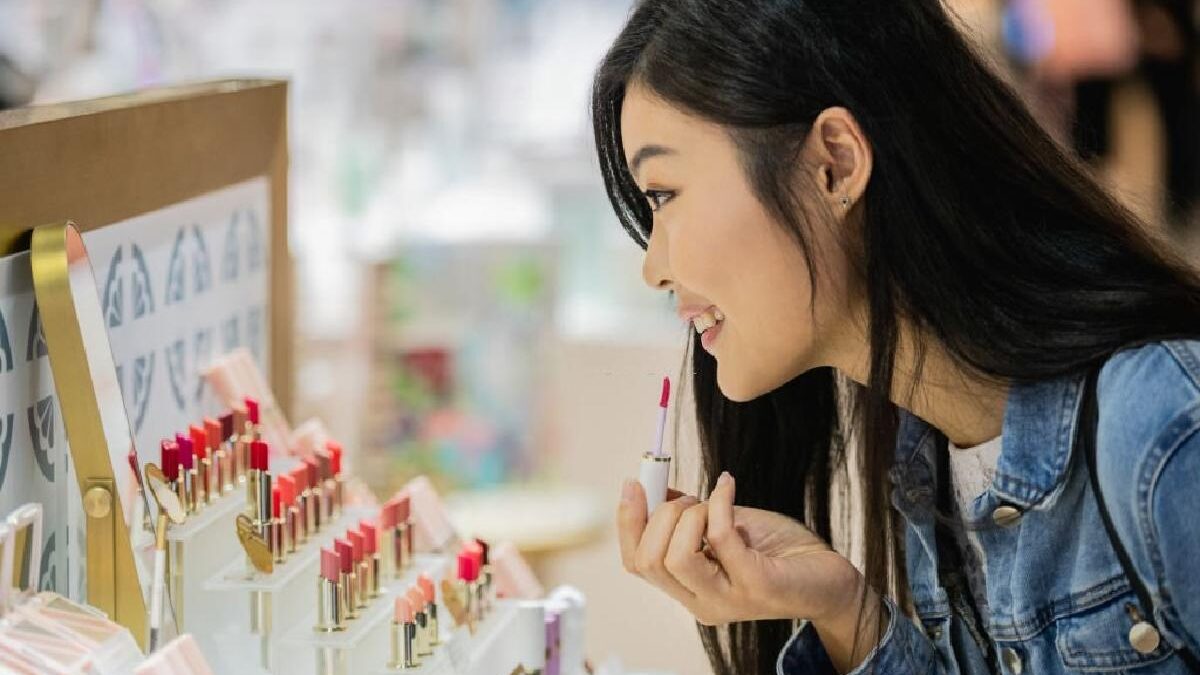Korean and Chinese cosmetics? – We live surrounded by Asian cosmetics and routines, but identifying their components, concerns, or benefits can make us linger in the cosmetics aisle longer than we’d like. We spoke with experts to differentiate them
K-pop, K-beauty and K-dramas. The letter K, one of the least used in the Spanish alphabet, has begun to gain weight and not only among millennials and generation Z. The Korean industry has fully crept into our way of caring for the skin. Their influence is undeniable, from cosmetics we’ve never used to disposable face masks. But it’s not just from Korea that the Asian breeze of skin care comes from, Japan did it before, and China is where some of our favourite ingredients like Gotu kola come from.
But amid so many cosmetics offered, doubts such as how they differ, what innovations each country has brought or what their key ingredients sometimes take over our mind – eternally concerned about skin care.
Is skin care concerns the same in all three countries? (immixture)
From the outset, we should talk about Chinese medicine, ancient and original remedies that we still use today. For example, for the care of external body problems such as the skin, in this medicine, external factors such as changes in temperature, humidity, dry environments, etc., are identified as culprits.
Its transfer to the world of cosmetics is more related to the Chinese public; that is, it is still difficult to find Chinese cosmetics in our country, and its products respond to the most common needs among women in the Asian giant, such as the search for a homogeneous tone. , mascara for shorter eyelashes or, of course, the fight against the signs of ageing or adverse environmental factors and pollution.
At a cosmetic level, botanical ingredients are a fundamental part of its formulation. Ancient and exotic components such as pearl powder, used in imperial China, sustain its primary tonics, serums and creams.
Sun protection is one of the fundamental pillars of skin care in South Korea. (immixture)
Resident ingredients enriched ancient cosmetics and continue to do so. An example is the Peoria Cocos mushroom, also in Korean and Japanese products. In addition to its antioxidant properties -it fights against free radicals that cause skin ageing- and anti-inflammatory, it is added to the treatment of stains or the prevention of acne breakouts. Camellia japonica, sweet almonds, or calendula are not usually missing from the most popular formulas.
The Dan Chun Lin firm, with more than four hundred years of history, helps us understand this development that originated in the imperial court and whose essence is pearl powder, used for its anti-ageing properties and included in the cosmetics of yesteryear and the current ones. It favours cell renewal, improves elasticity and reduces wrinkles, and is an excellent sebum regulator that reduces the appearance of pores. This ingredient was critical to the development of Dan Chun Lin cosmetics, which are still on sale and maintain the Chinese aesthetic of its origins.
In short, we could say that Chinese cosmetics know traditional medicine and its botanical ingredients. He is concerned about acting and stopping the signs of ageing, such as lack of elasticity, spots and cell renewal. As for their steps, they are fewer than in Korea but very conscientious: cleansing, toner, contour, oil, cream, and treatment lotion.
Let’s talk about Japan.
Also based on traditional medicine but radically influenced by technological innovation comes Japanese cosmetics that seek to simplify the skincare routine as much as possible. We spoke with Shiseido’s Japanese Culture and Tradition expert, Miyabi Kumagai, to understand Japanese thought, history, and methodology.
Unlike the Chinese or Korean traditions, the Japanese seek to simplify the routine by creating multifunction products. However, steps such as double cleansing, using essences (similar to toners but with properties closer to those of serums), and Sun protection are not lacking among its regulatory steps. “Cleaning is an unquestionable step,” confesses Miyabi Kumagai, who explains that Japanese women start and end the day by cleansing their faces: “It’s not just about hygiene, but about purifying the skin so that it can continue with its correct function and multiply the benefits of the cosmetics that are applied later.

